
Unless you are a foodways historian or avid gardener, you may never have heard of salsify (pronounced sawl-si-fee or sawl-si-fī). A favorite vegetable of our early American ancestors, salsify is little known today. The edible roots resemble thin, gnarly white parsnips, while the tops look like clumps of green grass. Also called “oyster plant” because it tastes faintly of the sea, salsify provided a substitute for the much-loved but highly perishable shellfish in the 18th and 19th centuries, especially for those who lived inland. In fact, a popular way to prepare—or “dress”— salsify was to mash the roots and combine them with flour, eggs, herbs, and seasonings to form a batter that was fried in lard to resemble fried oysters.
Even if you don’t care for its briny taste, salsify makes a striking specimen in the kitchen garden. It is a biennial plant that sends up tall flower stalks the second year of growth. The ephemeral blooms quickly become fluffy seed heads—like those of a giant dandelion—and must be cut promptly to prevent rampant spreading. Should you decide to try growing this obscure culinary relic in your garden, you can purchase seeds from heirloom seed catalogs. “Mammoth Sandwich Island,” a purple flowering variety, is still available today, while the red flowering variety (Hawwerwurzel) common in colonial America has all but vanished. Sow seeds in early spring in a bed of friable soil enriched with compost or rotted manure. Young seedlings should be thinned, well-weeded, and frequently watered. The roots can be harvested throughout the winter but become woody once the weather turns warm the following spring. Once pulled, they should be well-scrubbed and scraped or peeled. Soaking them in salt water helps prevent browning.
Though we do not know if salsify was grown at Exchange Place in the antebellum era, it is likely that the Gaines and Prestons knew of the plant. Because of its beauty and unique history, we grow salsify and use it to make “mock oyster” fritters at Christmas in the Country. We dig half of the roots for the fritters and leave the other half to bloom the following year for seed saving. This has become a favorite tradition of both the volunteers and guests.
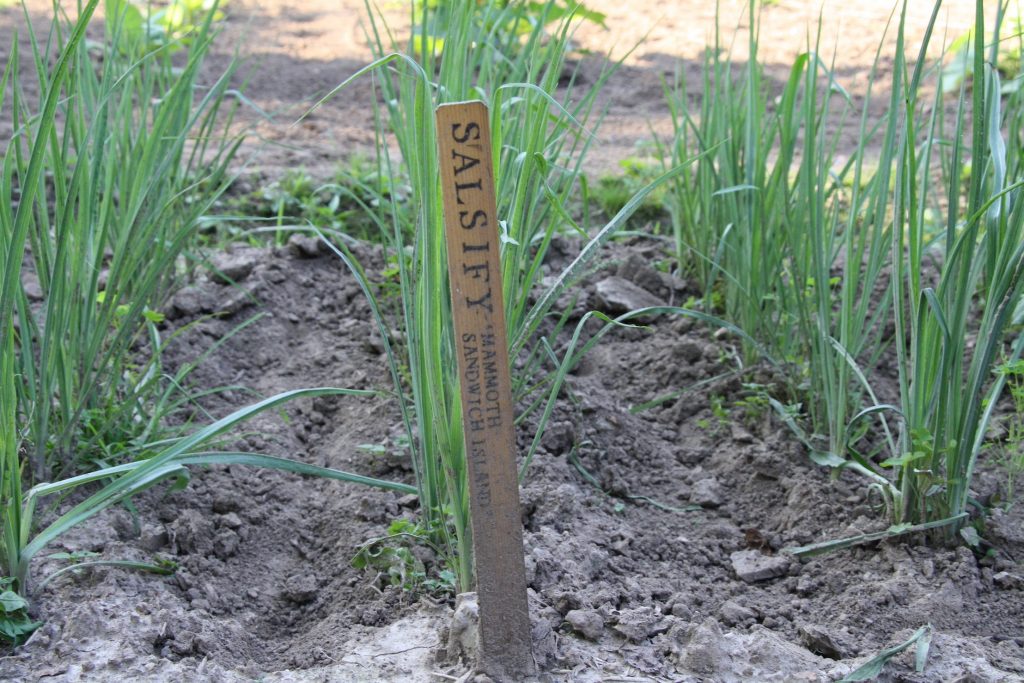
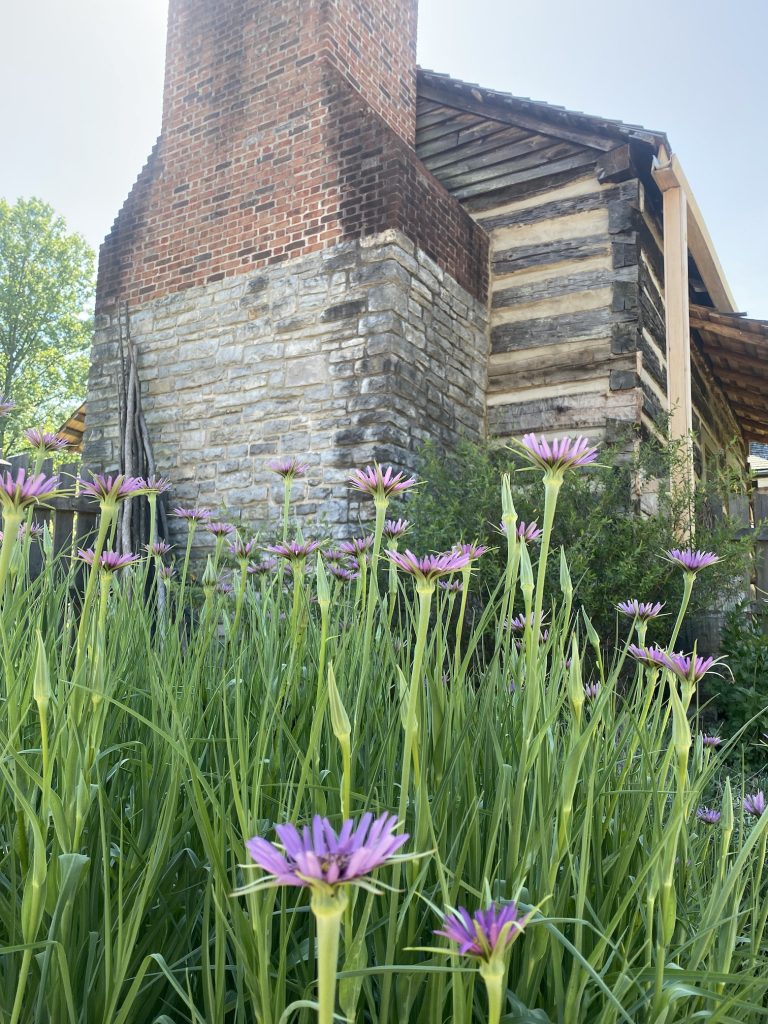
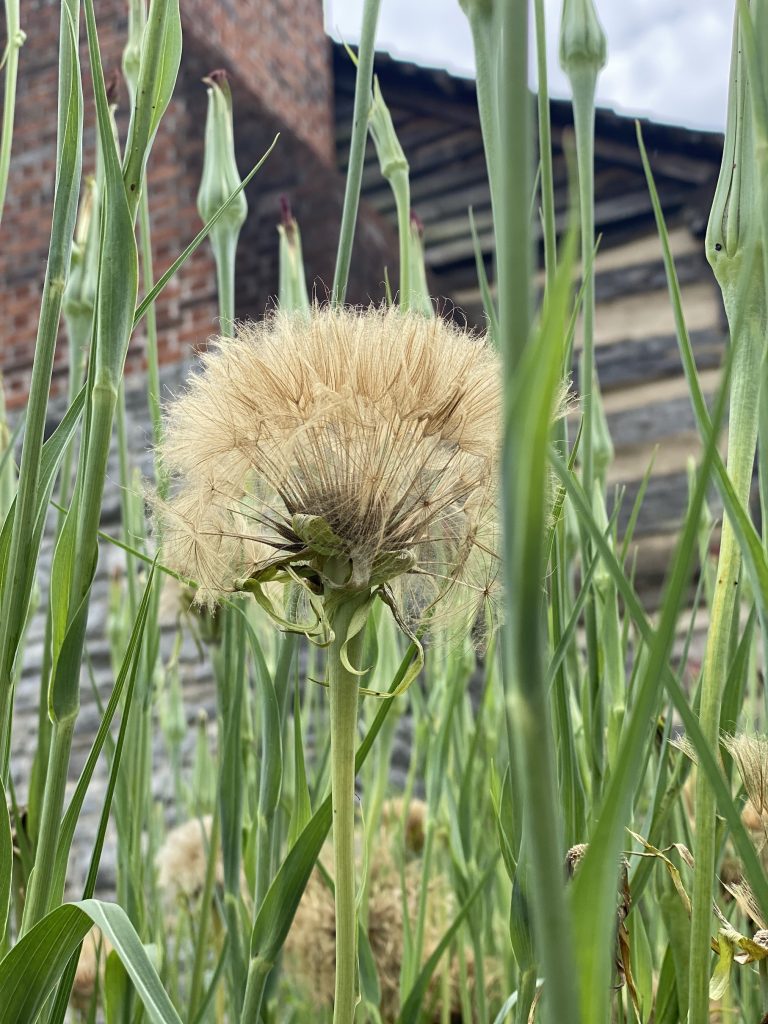
The following is a receipt (recipe) for from The Carolina Housewife by Sarah Rutledge, published in 1847.
“To Dress Salsify in Imitation of Fried Oysters”
Scrape and boil the salsify; then beat them fine in a mortar. Season with salt and pepper, and mix them in a batter of eggs, and a very little flour. Drop the size of an oyster, and fry of a light brown.
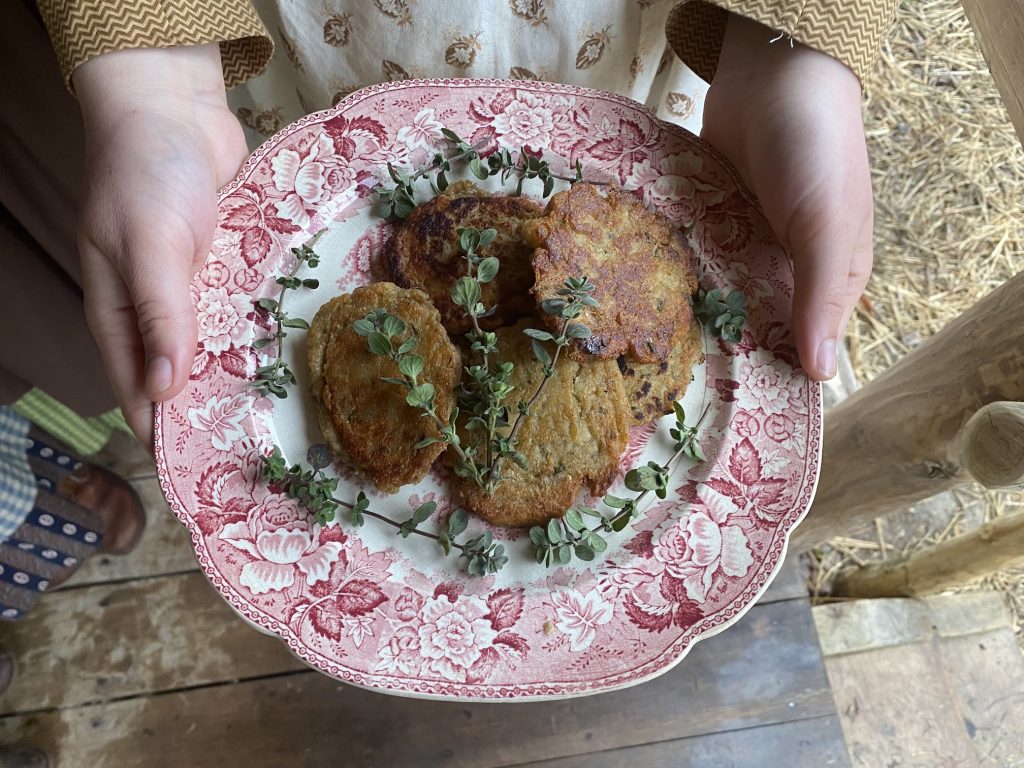
Local journalist Brad Lifford recently followed the Exchange Place Junior Apprentices for a year during their course of planting, harvesting, and preparing salsify. Lifford wrote about this journey in his new book East Tennessee Garden Stories, which can be purchased from Howling Hills Publishing Company (www.howlinghillspublishing.com).
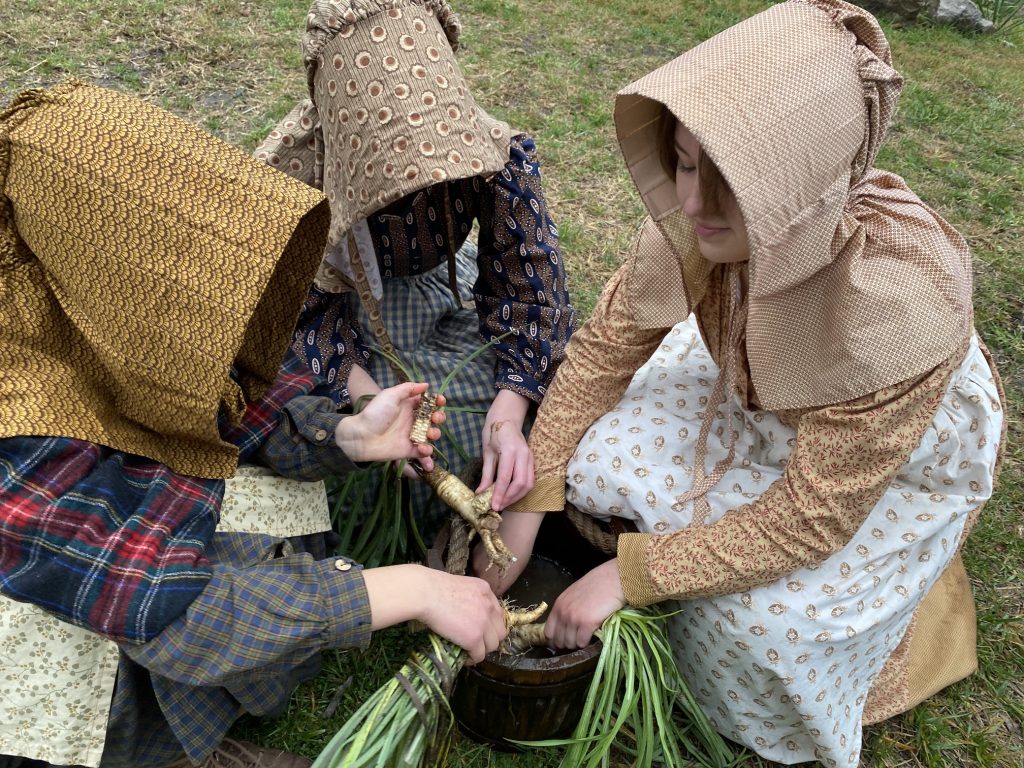
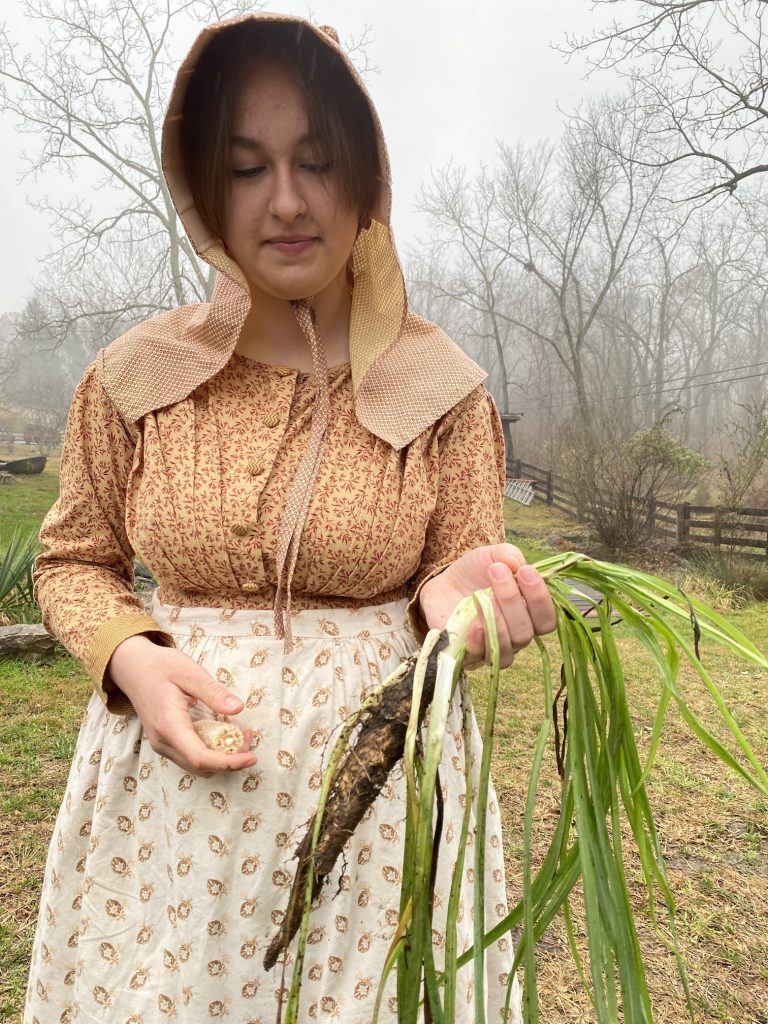
The mission of Exchange Place Living History Farm is to preserve and interpret the heritage of mid-19th century farm life in Northeast Tennessee. A private, non-profit organization, Exchange Place is maintained and operated primarily by volunteers and is supported by donations, fundraisers, memberships, and grants.

Exchange Place
4812 Orebank Rd,
Kingsport, TN 37664
423-288-6071